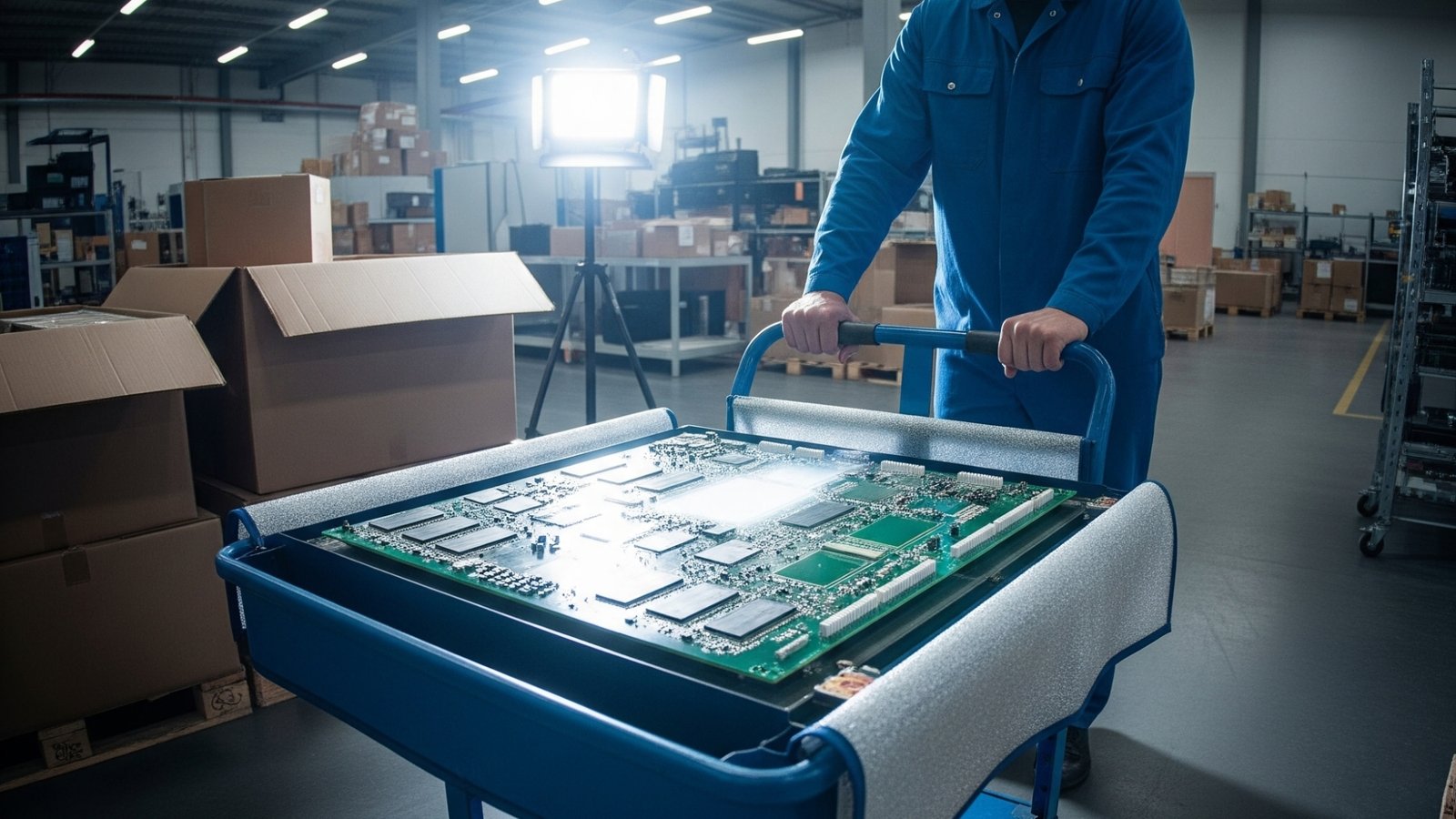In the heart of every electronic device, from the smartphone in your pocket to the complex systems guiding an airliner, lies a Printed Circuit Board (PCB). This intricate network of copper traces and components is the central nervous system of modern technology. Yet, in the rush to bring a product to market, the quality of its manufacturing is often underestimated—a critical mistake that can lead to catastrophic failures, financial loss, and a tarnished brand reputation.
For entrepreneurs, engineers, and project managers alike, understanding why a PCB needs to be manufactured right isn’t just a technical detail; it’s the foundation of a successful product.
1. Reliability is Everything
At its core, a PCB’s job is to provide reliable electrical connections. Improper manufacturing introduces a host of potential defects that undermine this primary function. Issues like incomplete or over-etched copper traces can create open circuits (broken pathways) or short circuits (unintended connections). Microscopic cracks from thermal stress during assembly or the use of substandard materials can lead to intermittent faults—the kind of frustrating, ghost-in-the-machine problems that are nearly impossible to diagnose and can plague a product line.
A correctly manufactured board, using high-quality materials and precise etching processes, ensures that every connection is exactly as the designer intended, leading to a product that works consistently every single time.
2. The High Cost of “Cheap”
The temptation to reduce upfront costs by choosing a cheaper, less reputable manufacturer is a classic false economy. The downstream costs of this decision can be astronomical.
- Failures & Recalls: A single batch of faulty PCBs can lead to widespread product failure. The cost of diagnosing the problem, recalling units, manufacturing replacements, and shipping them to customers can easily dwarf the initial savings.
- Wasted Engineering Time: When a product fails, engineers must spend valuable time troubleshooting. If the root cause is an inconsistent PCB manufacturing process, they are essentially chasing a moving target, wasting hundreds of hours that could have been spent on innovation.
- Damaged Brand Reputation: In today’s connected world, news of a faulty product spreads instantly. A product that is unreliable or, worse, unsafe, can permanently damage customer trust and brand loyalty, a price no company can afford to pay.
3. Safety and Compliance
Poor manufacturing isn’t just about whether a device works; it’s about whether it’s safe. Inadequate spacing between high-voltage traces can lead to electrical arcing, creating a serious fire risk. The use of non-compliant or counterfeit materials can result in boards that can’t handle the specified thermal or electrical loads, leading to overheating and failure.
Reputable manufacturers adhere to strict international safety standards, such as those set by UL (Underwriters Laboratories). They provide material traceability and conduct rigorous testing to ensure their boards are not just functional, but fundamentally safe for the end-user.
4. Predictable Time-to-Market
Product development timelines are tight. A critical delay can mean missing a market window or falling behind a competitor. Receiving a batch of unusable PCBs can halt a production line for weeks. This forces a “re-spin”—a complete re-ordering and manufacturing of the boards, adding significant, unplanned delays.
A quality manufacturer with robust Design for Manufacturability (DFM) checks can prevent this. Before the first board is even made, they will analyze the design files, flagging potential issues that could cause problems during production. This collaborative approach de-risks the process and ensures a smoother, more predictable path from design to finished product.
What Does “Manufactured Right” Look Like?
When choosing a manufacturing partner, look for these key indicators of quality:
- Material Transparency: They should clearly specify the grade of materials used (e.g., FR-4) and offer options for specialized applications (e.g., Rogers for high-frequency or aluminum-backed for high-power LEDs).
- Tight Tolerances: They can consistently produce boards that meet the exact design specifications for trace width, spacing, and drill hole accuracy.
- Advanced Capabilities: They offer a range of modern surface finishes (like ENIG or HASL), can produce complex multi-layer boards, and have experience with advanced techniques like via-in-pad.
- Rigorous Testing: Quality control isn’t optional. Look for manufacturers who employ Automated Optical Inspection (AOI), X-ray inspection for complex packages, and electrical “bed-of-nails” testing to verify every connection.
In conclusion, the Printed Circuit Board is more than just a component; it is the bedrock of your product. Investing in high-quality PCB manufacturing is a direct investment in your product’s reliability, your company’s financial health, and your brand’s future. In the complex world of electronics, ensuring the foundation is solid is the first and most crucial step toward success.



Leave A Comment